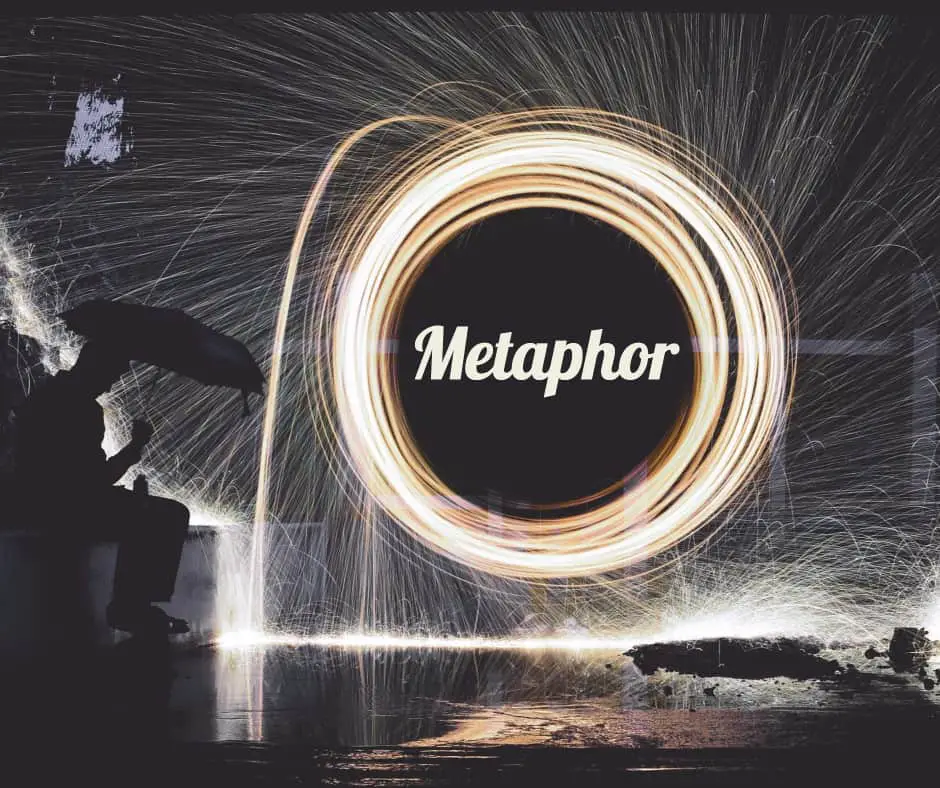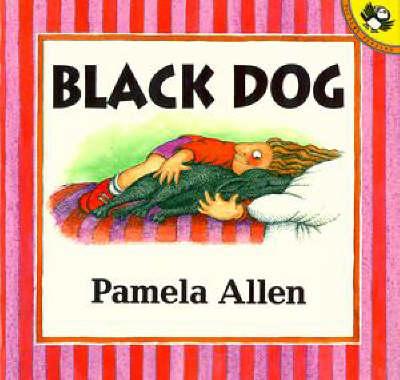-
TV Study: Stranger Things (2016)
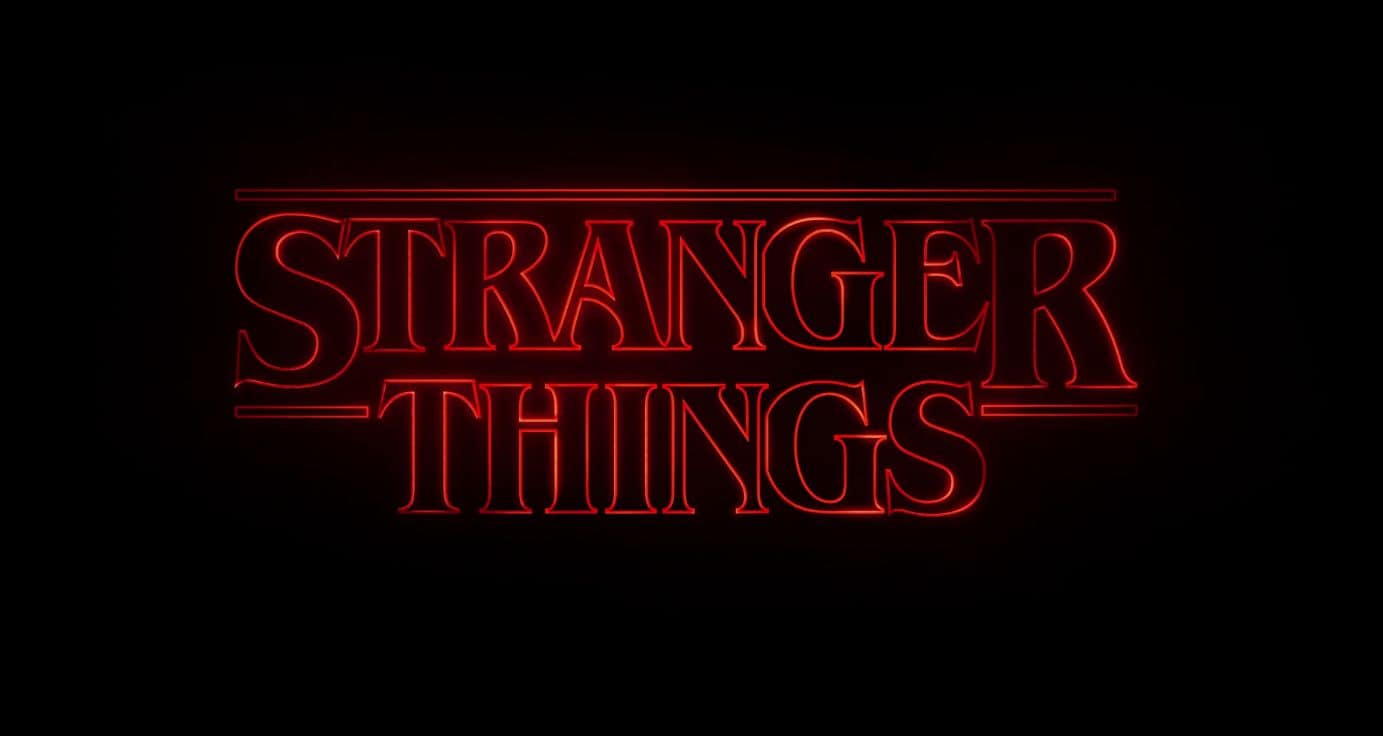
Stranger Things is a Netflix series created by the brilliantly named ‘Duffer Brothers’, out this year but set in 1983. Though I suspect strong ‘recency bias’, season one scores a very high 9.2 on IMDb. **CONTAINS ALL THE SPOILERS** The show feels like a mixture of Twin Peaks (with the missing kids and small community), Freaks […]
-
Pyrrhic Victories and Tragic Dilemmas In Fiction
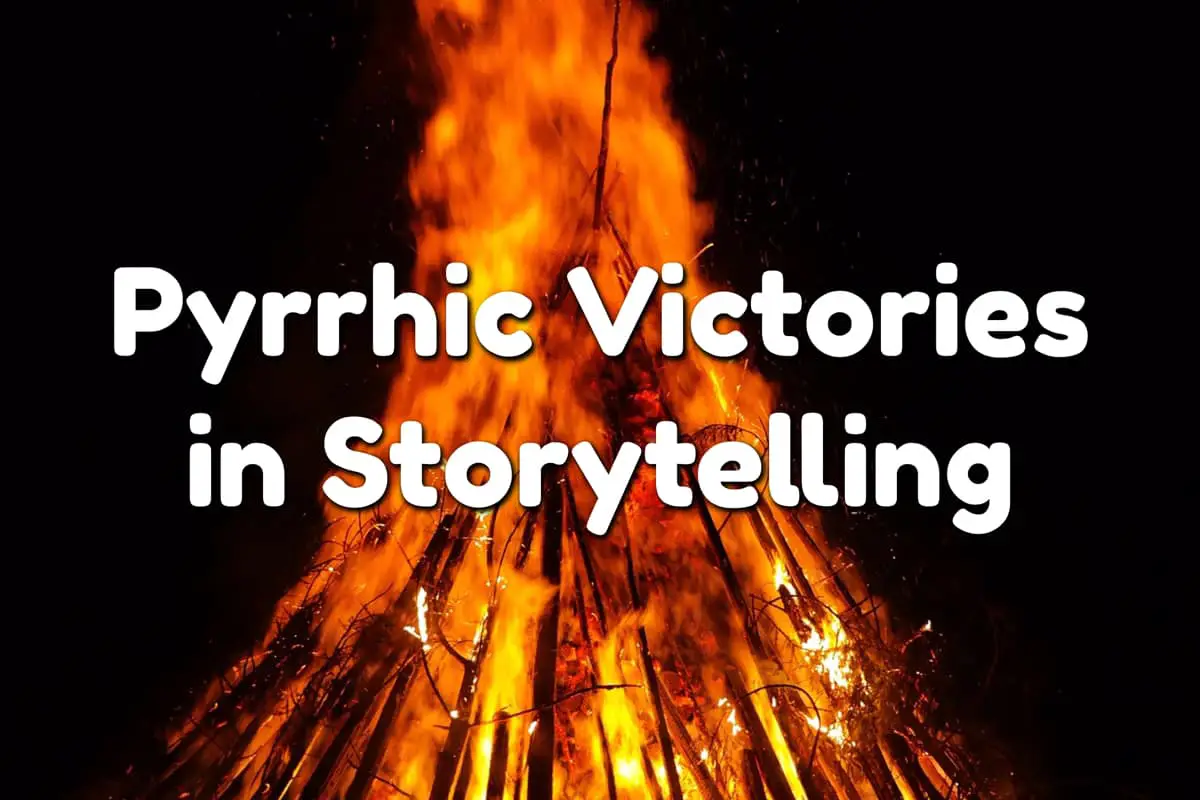
In the ultimate pyrrhic victory, the main character has achieved what needs doing but is dead by the end of the story.
-
Olivia and the Fairy Princesses by Ian Falconer Analysis
Olivia and the Fairy Princesses is the third Olivia book I’m taking a close look at; the first was Olivia, which I really liked; the next was Olivia and the Missing Toy which I really didn’t and now for a story which has garnered Olivia a bit of a reputation among reviewers on social media […]
-
Anton Can Do Magic by Ole Könnecke Analysis
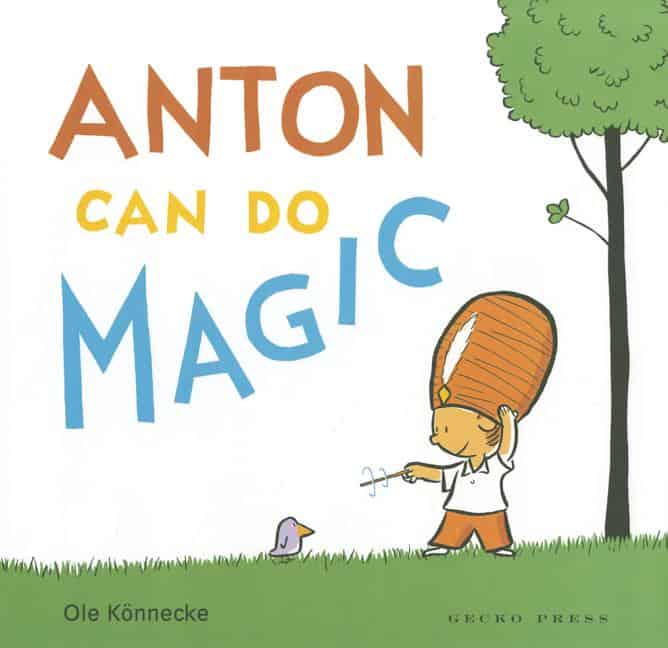
Anton Can Do Magic by Ole Könnecke is a great book for parents who would like to teach their kids The Magic of Reality (as expressed by Richard Dawkins and others). Written and illustrated by a German picturebook maker, this was translated by New Zealand’s Gecko Press. Anton Can Do Magic is part of a […]
-
The Very Hungry Caterpillar Picture Book Analysis
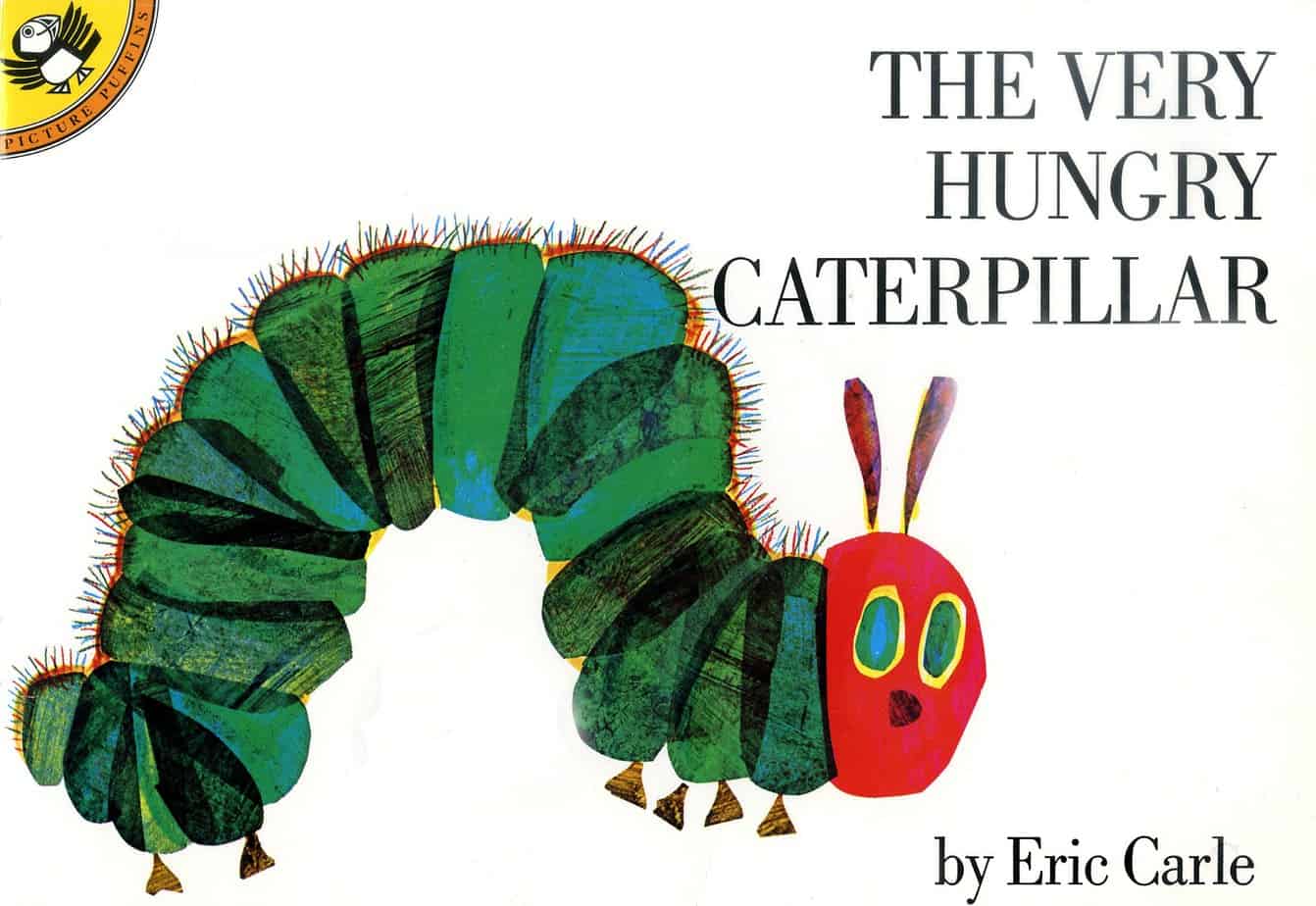
Along with others such as Goodnight Moon, The Very Hungry Caterpillar makes for an excellent case study into how simple can equal super-popular. I like this book because of its subtle healthy-eating message. So many picture books rely upon stock yuck, but here it’s the green food that saves the caterpillar. The “Book Will Turn […]
-
Stuck by Oliver Jeffers (2011) Analysis
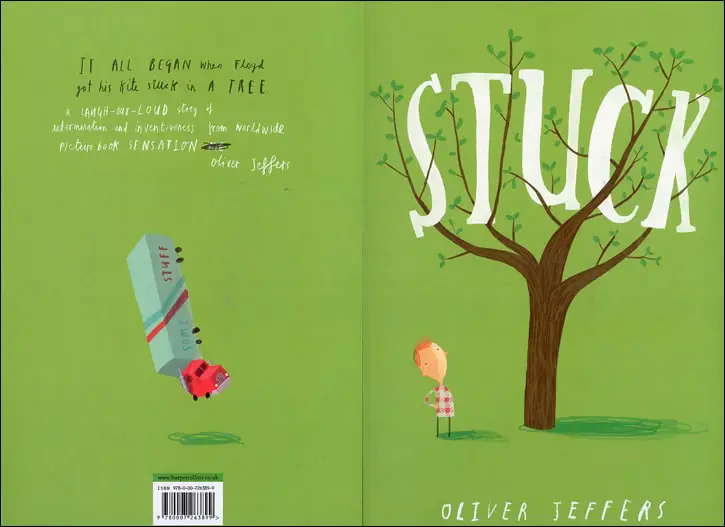
When Floyd’s kite gets stuck in a tree, he tries to knock it down with increasingly larger and more outrageous things. A perfect picture book by Oliver Jeffers. STORY STRUCTURE OF STUCK There’s a long oral tradition of stories which get cumulatively more and more ridiculous until the most ridiculous idea ends the story. “The […]
-
Stick Man by Julia Donaldson and Axel Scheffler Analysis
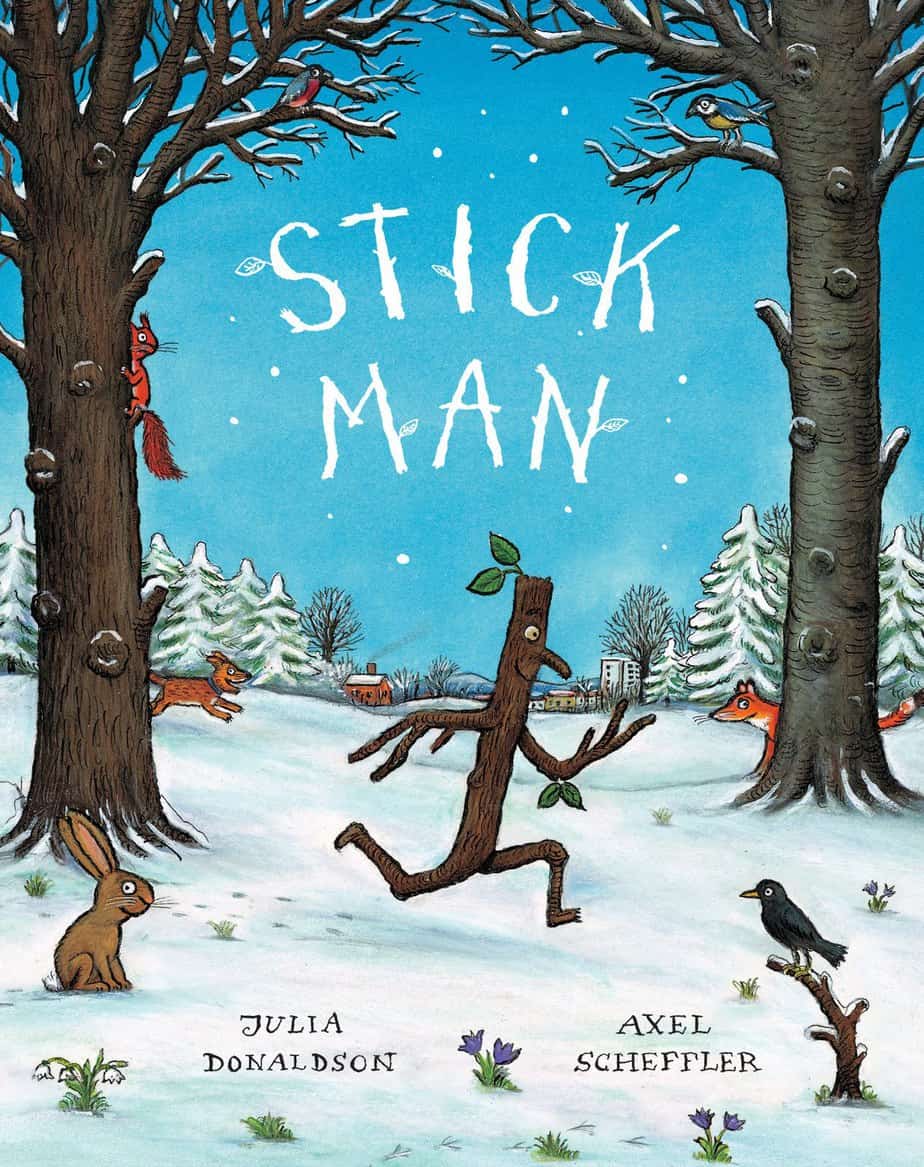
In Stick Man, an anthropomorphised stick ends up far away from his family tree when he is fetched by a dog, thrown by a child, used as a snowman’s arm, and even put on a fire, but finally, Santa Claus steps in to make sure that Stick Man and his family have a joyous Christmas. Julia […]
-
The Technique of Ticking Clocks in Storytelling
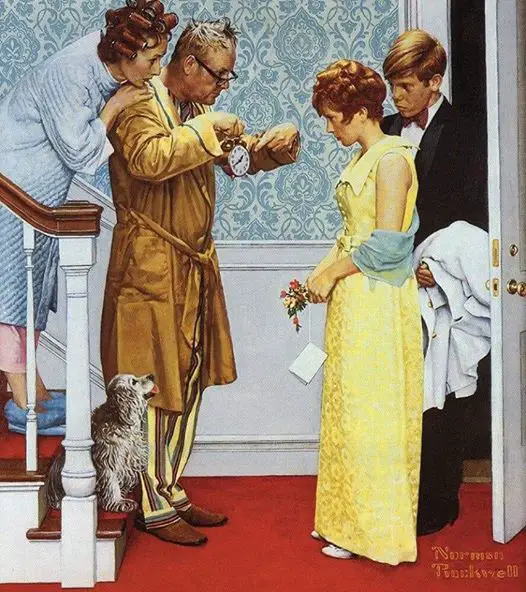
Once you notice ticking clocks in storytelling you see them in everything, so beware.
-
Loveykins by Quentin Blake Picture Book Analysis
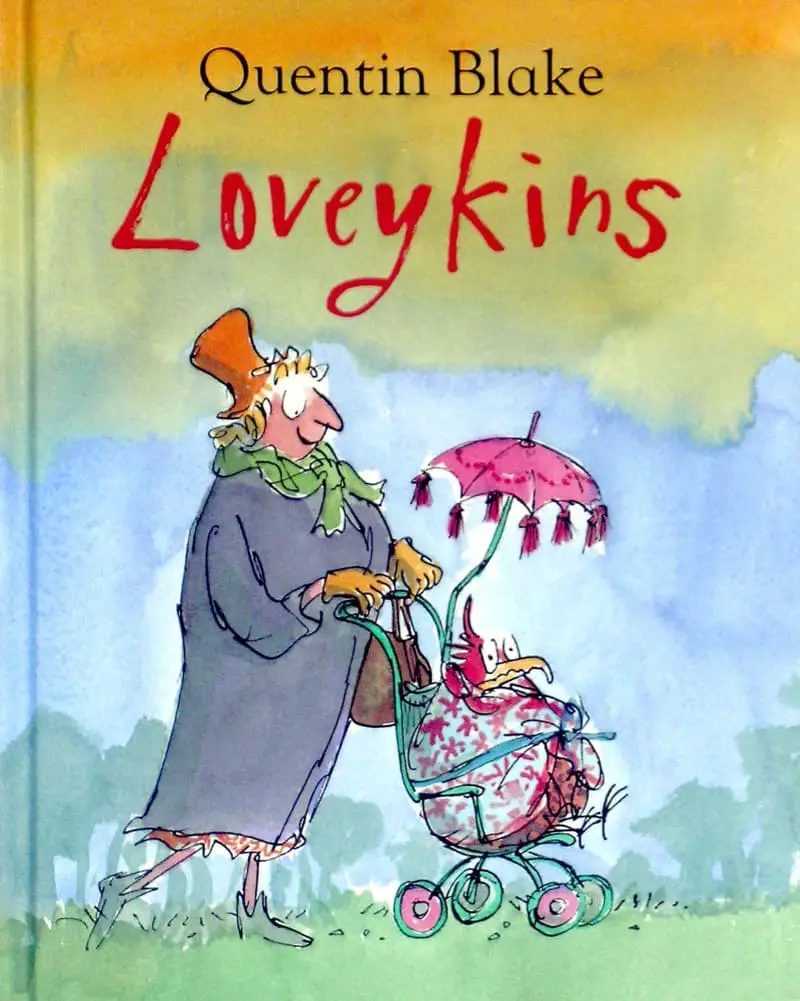
The ideology behind Loveykins: Wild creatures, while sometimes requiring some human nurturing if abandoned by their mother as babies, must eventually be returned to the wild. There is also a message against ‘over-mothering’ in this story. Let wild creatures be wild creatures is a close cousin to ‘let kids be kids’. Another picture book with […]
-
Olivia And The Missing Toy by Ian Falconer (2003) Analysis
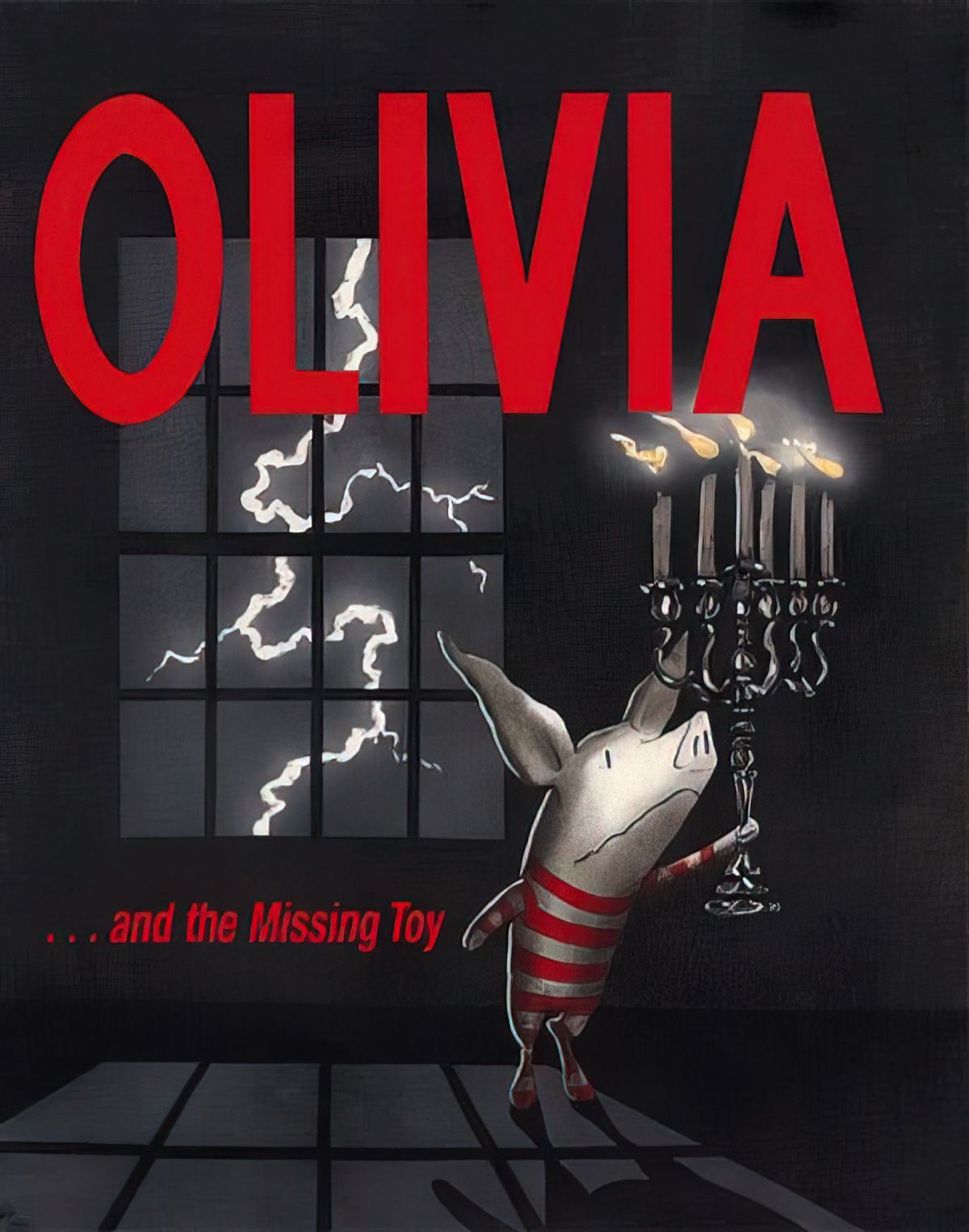
Olivia and the Missing Toy by Ian Falconer shows Olivia the Pig at her most bratty, and her parents at their most indulgent. There are several versions of the book cover of Olivia and the Missing Toy, and the dark one is the scarier of the two. The other is mostly white space, in keeping […]
-
The Soviet Union Children’s Books
Best Loved Books In The Former Soviet Union General Notes The early Soviet period was a miraculously rich time for children’s books and their illustrations. Philip Pullman To generalise about the young Russian/Soviet Union reader Pseudo-conflicts drive the plots Conservative attitudes in the Soviet Union publishing industry But that’s not what the young Russian reader wants […]
-
What Colour Is Your Sun?
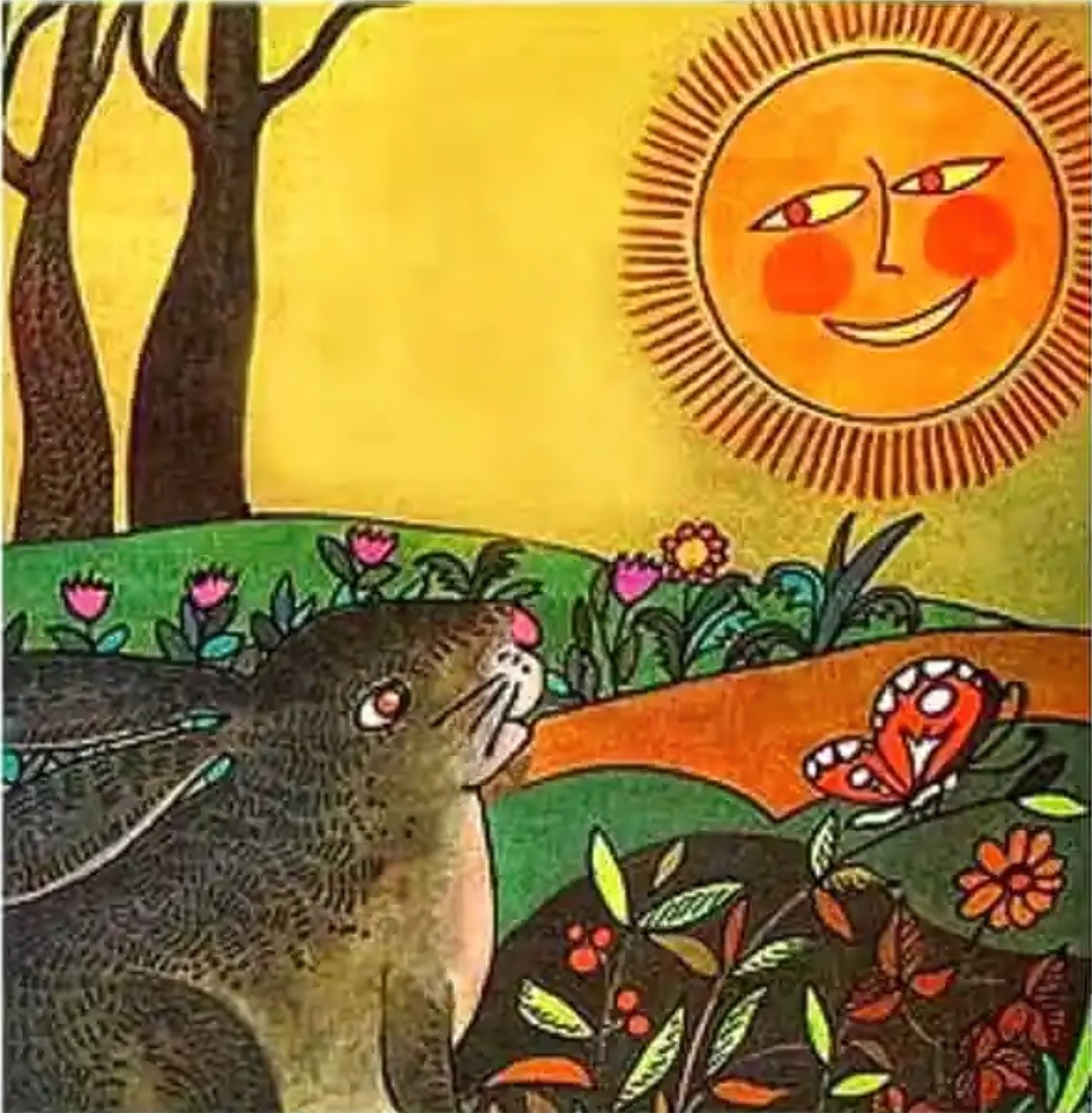
Different cultures view the sun differently. Ask a Western child to draw the sun and they will draw it yellow. Ask a Japanese child to draw the sun and they will draw it red. Our closest star is ‘actually’ white. I grew up in New Zealand and I drew it yellow. But when I lived as […]
-
Ocean Symbolism In Storytelling
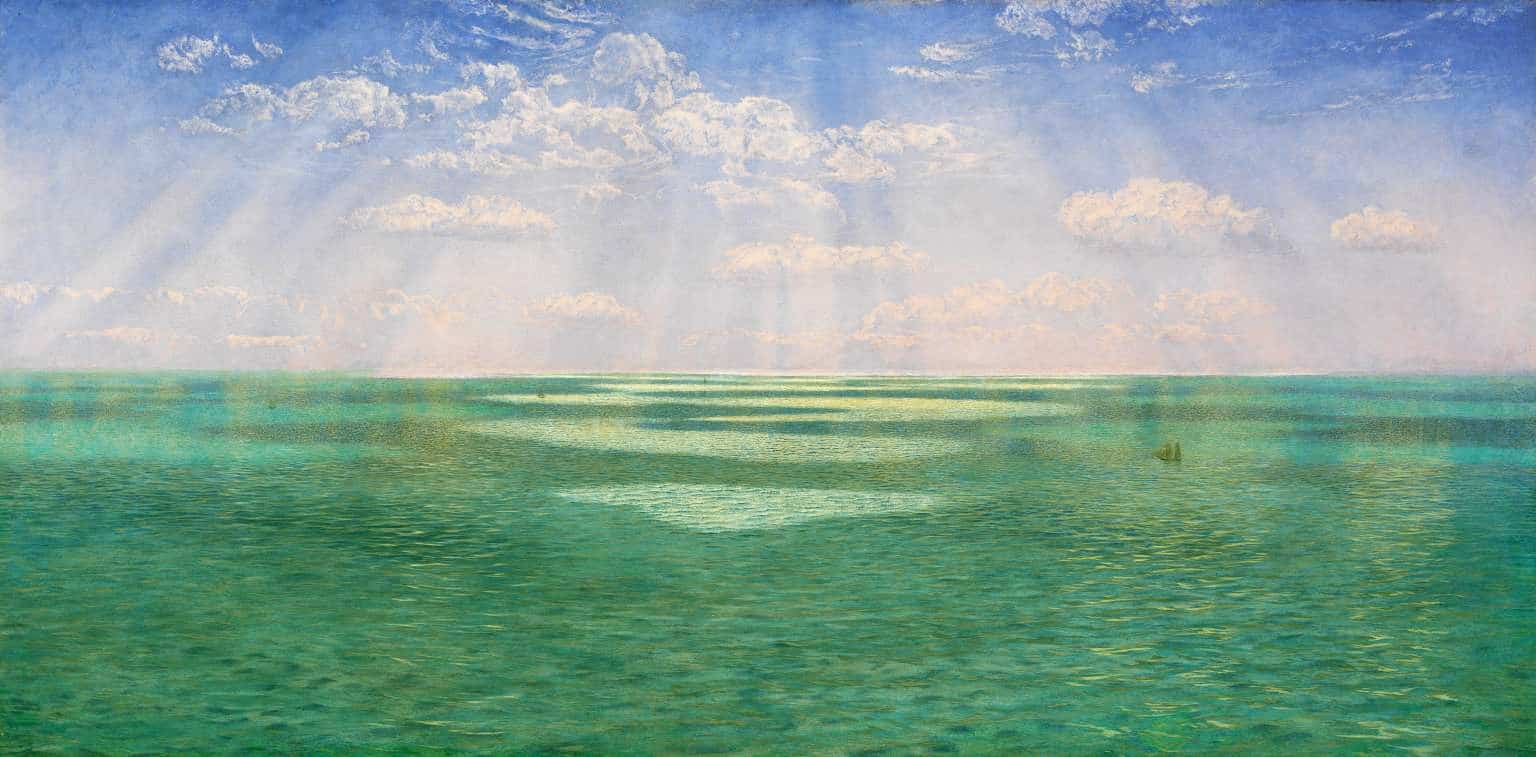
The ocean contains multivalent symbolism — the known and the unknown; surface versus deep. The circle is closed. Nothing ever comes to an end. Wherever one has sunk roots that emanate from one’s best or truest self, one will always find a home. To return is not to revisit something that has failed. I can […]
